1. Was the information source written by experts in the field?
Answer: Yes. The author’s affiliation with the University implies that they are employed by the University and have been paid to do this research.
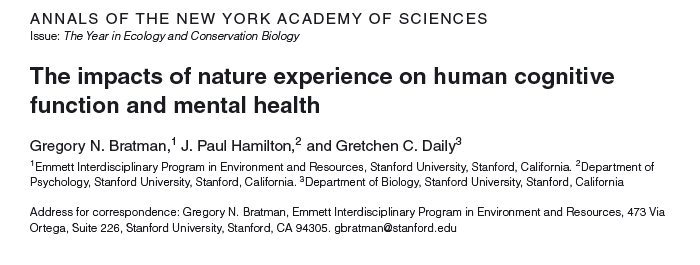
Click on the "Next" arrow above to go to the next question.
2. Does the information source include in-text citations?
Yes. The superscripts are citations.
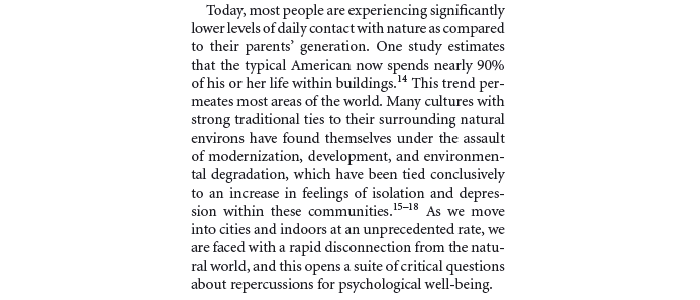
Click on the "Next" arrow above to go to the next question.
3. Does the information source contain a bibliography?
Answer: Yes.
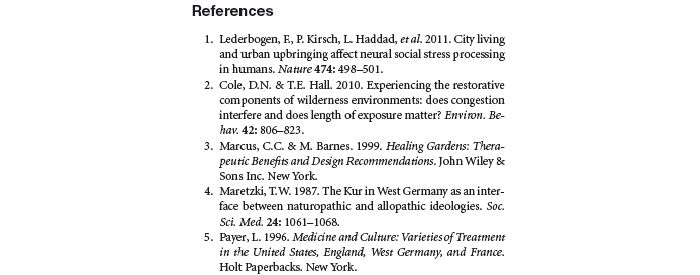
So, this article qualifies as an academic source. The next question is whether it is peer-reviewed. Many peer-reviewed journals give the dates an article was submitted, revised and accepted, on the article’s first page.
Click on the "Next" arrow above to go to the next question.
4. Is the article peer-reviewed?
This article gives no mention of revision or acceptance dates. Another place to look is the Acknowledgement section at the end of the text of the article where it is customary to thank reviewers. Sometimes, authors will also thank friends or colleagues that have reviewed their work; the best evidence is if they thank anonymous reviewers as most peer-review happens anonymously.
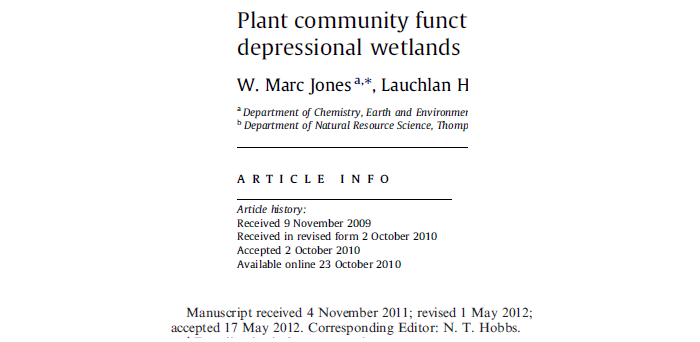
This article, however, does not mention reviewers—anonymous or otherwise:

So now we must look into the nature of the journal itself. A screen-shot from the journal’s webpage (http://www.nyas.org/publications/annals/AuthorGuidelines.aspx):
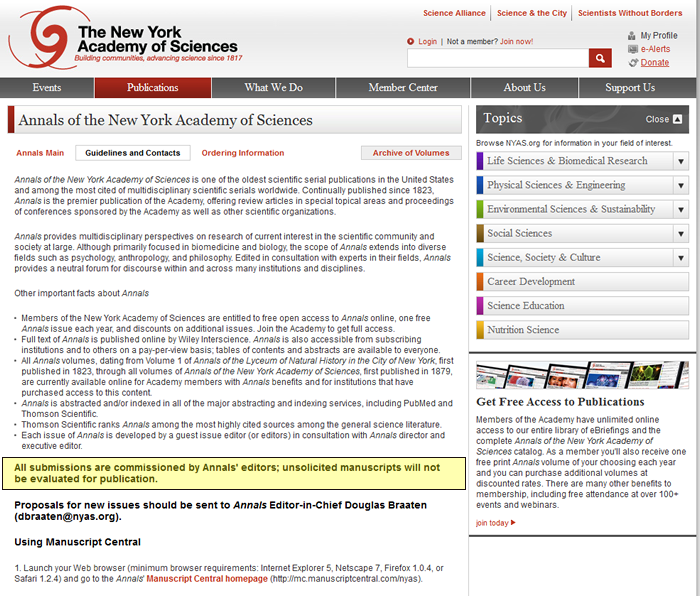
The article was commissioned, not peer-reviewed. This source is non-peer-reviewed academic material. The editors of this journal likely asked the premier experts in the field to write this paper, but commissioning a paper is different than peer-review. In order to be considered peer-reviewed, the publication process must include the opportunity for the article to be “rejected.” If the editors have asked the authors to write an article, then it may go through an editorial review process (the editors may make suggestions as to the wording or organization) but it is VERY UNLIKELY that they would reject the paper.